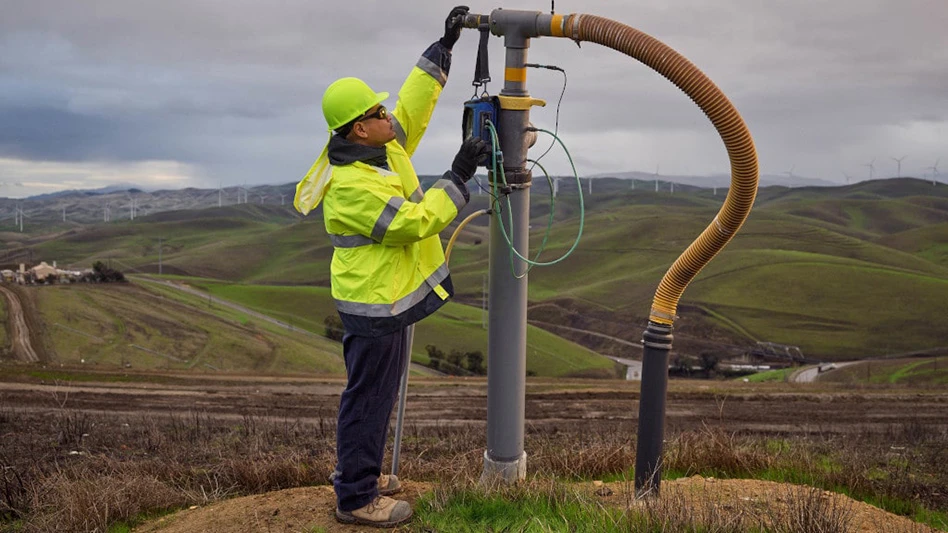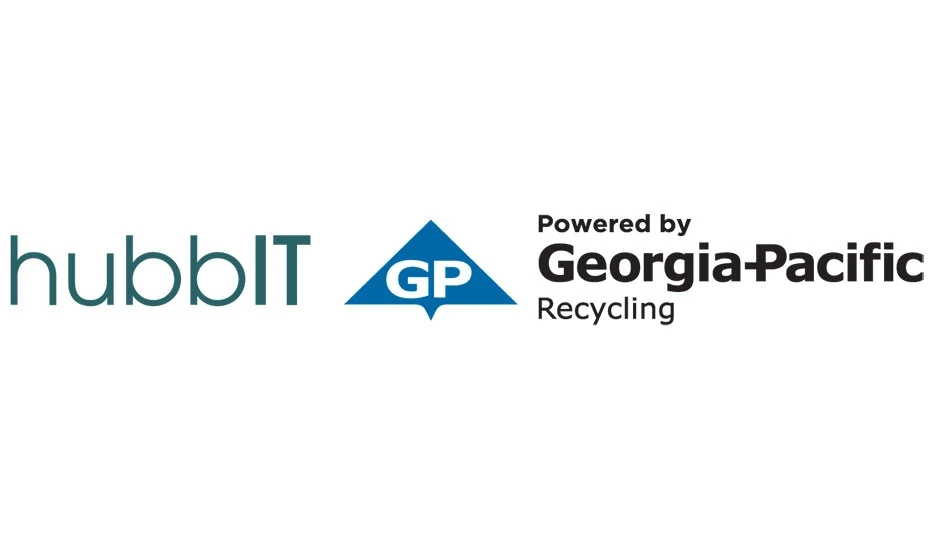
Photo courtesy of Waste Management Inc.
Houston-based WM, in a newly issued sustainability report covering its actions in 2022, report volumes collected and processed for recycling and landfill diversion fell by nearly 3.3 percent last year compared with 2021.
In terms of municipal and commercial recycling, WM's volumes of paper, plastics, glass and organics all declined in 2022 compared with the prior year.
The two categories that increased in 2022 were metal, at nearly 469,000 tons, up 11.8 percent from the year before, and an “other” category that includes construction and demolition (C&D) materials and fly ash, which increased by 2.8 percent in 2022, reaching a total volume of nearly 2.18 million tons.
Perhaps most surprising, at a time when plastic recycling remains a rallying point for environmental organizations and government agencies and a target of corporate and equity fund investment, WM’s plastic recycling volume dropped 10.1 percent in 2022, to about 465,500 tons last year from nearly 517,000 tons the year before.
The company cited changes to some of its residential collection programs as a reason its organics recovery volume fell from 3.92 million tons in 2021 to 3.80 million tons last year—a decline of 3 percent.
Despite the setbacks, WM says its goal remains to increase its management of [recyclable] materials by 60 percent to 25 million tons by 2030, using its 2021 figure as the baseline for the 60 percent increase. The company has an interim milestone of a 25 percent increase by 2025.
“We’re reimagining a circular economy by investing in and operating innovative recycling and waste solutions that fuel the continuous reuse of materials," WM’s Chief Sustainability Office Tara Hemmer writes in the report.
On the recycling infrastructure front, WM completed five recycling facility infrastructure projects last year, including one new location and four automation upgrades. Specifically mentioned in the report is a new recycling facility to recover C&D materials serving Miami-Dade County, Florida, with the capacity to process 250,000 tons per year.
“We are working with a broad range of customers to activate solutions today, including film recycling for their plastic bags, measuring value chain greenhouse gas (GHG) emissions and impacts and unlocking the value of organics to improve community biogas renewable energy production," CEO Jim Fish says.
Regarding GHG emissions, WM has a target to increase the amount of captured landfill gas it emits that gets “beneficially used” and converted to energy from its 2021 rate of 45 percent to 65 percent by 2026.
“WM has plans to invest over $1 billion in growth capital to build around 20 new WM-owned renewable natural gas (RNG) facilities by 2026 to help meet our target to capture 8 times more landfill gas than in 2021,” the company says.
Its other major GHG emissions source, WM’s collection truck fleet, also continues to undergo changes.
“For over a decade, we have been transitioning our fleet to use alternative fuels and have reduced emissions over 40 percent,” WM says. “In 2022, over 60 percent of our collection fleet was made up of alternative fuel vehicles including lower-emission compressed natural gas vehicles.”
The heavy equipment operated at its transfer stations and material recovery facilities is another emissions target WM is addressing. “We are now working with Volvo Construction Equipment on a pilot project with the Volvo EC230 Electric excavator [by] testing their mid-size EC230 electric excavator at one of our East Coast facilities, performing the same tasks diesel excavators do in waste applications," the company says.
“This electric excavator is expected to improve machine uptime and increase productivity, and our pilot could help map out the next steps for implementing additional electric and other sustainable technologies into our heavy equipment fleet," WM Operations Vice President Bryan Tindell says.
The WM 2023 sustainability report, covering 2022 and presented as a series of slides, can be downloaded here.
Latest from Recycling Today
- ReMA opposes European efforts seeking export restrictions for recyclables
- Fresh Perspective: Raj Bagaria
- Saica announces plans for second US site
- Update: Novelis produces first aluminum coil made fully from recycled end-of-life automotive scrap
- Aimplas doubles online course offerings
- Radius to be acquired by Toyota subsidiary
- Algoma EAF to start in April
- Erema sees strong demand for high-volume PET systems






